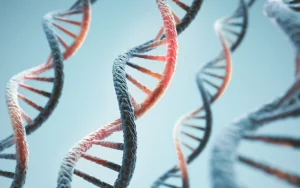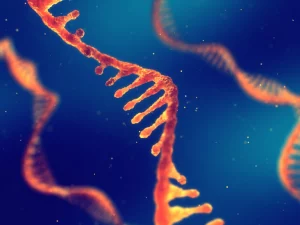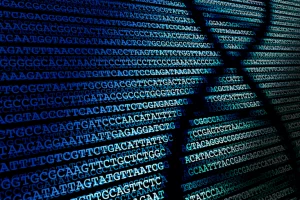
Scientists develop a new approach to assessing Ataxia at home
Written by Ziyang Zhao Edited by Dr. Hayley McLoughlin A newly developed smartphone application will allow patients to assess ataxia at home. There’s an interesting problem in science that’s often overshadowed in the scientific community. It’s not as flashy or as newsworthy as most scientific headlines, like the eradication of Read More…

















